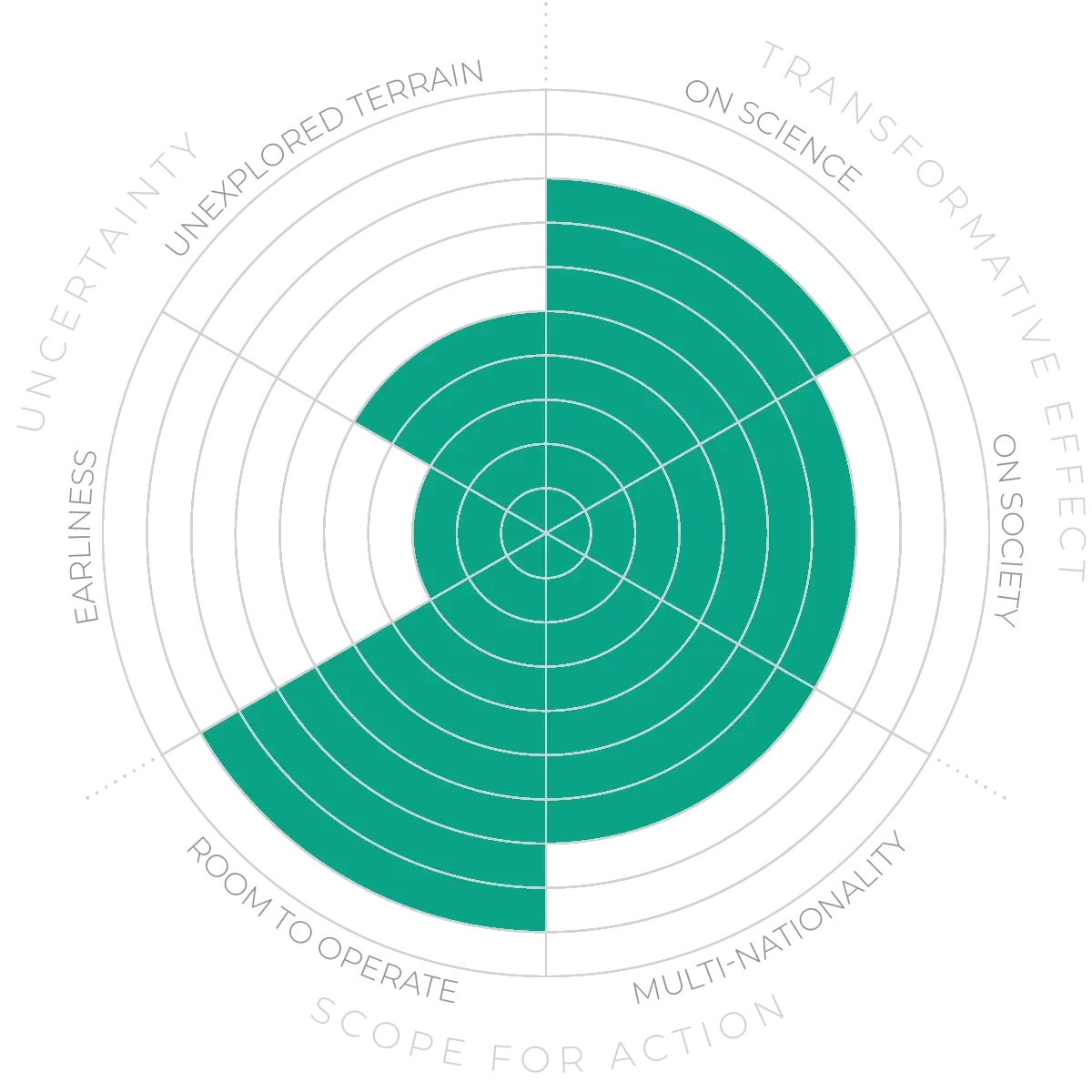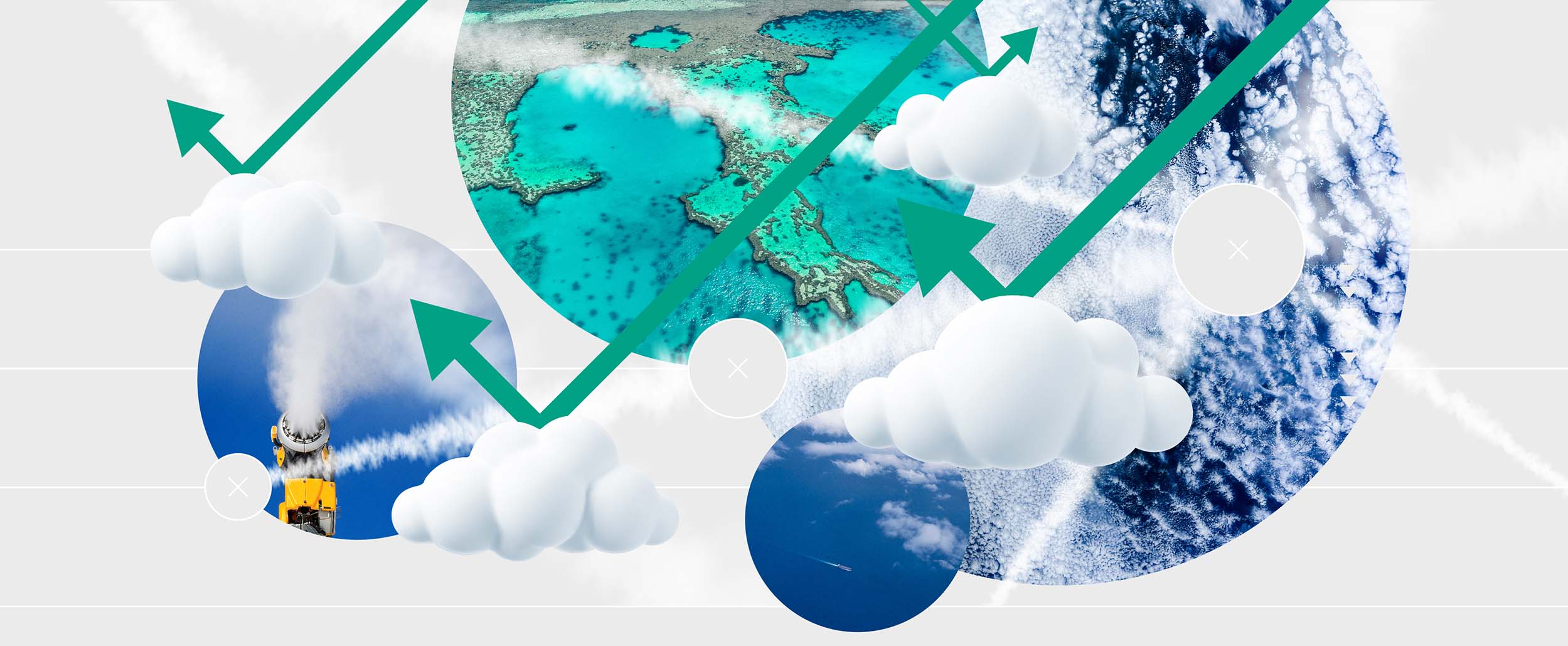Future Horizons:
10-yearhorizon
Small-scale MCB begins
25-yearhorizon
MCB in regular use
Various researchers have also proposed thinning and dispersing high-altitude cirrus clouds, which contribute to warming by trapping a disproportionately large amount of terrestrial radiation that would otherwise escape into space.16 Injecting these clouds with particles of bismuth tri-iodide allows the formation of large ice crystals within the clouds. These large ice crystals fall out more rapidly, shortening the clouds’ lifespan. Cirrus reduction can improve the transmission of long-wave terrestrial radiation into space.17
In February 2024, researchers at the US National Oceanic and Atmospheric Administration proposed injecting ice-nucleating particles into the troposphere to prevent water vapour reaching the stratosphere, where it usually absorbs outgoing radiation. This “intentional stratospheric dehydration” would help to cool the planet by increasing outbound radiation, although significant technical and practical hurdles would need to be overcome first.18
Whereas SAI has a globally uniform effect, cloud-engineering techniques produce more localised cooling, allowing them to be used in a targeted way. For instance, Australian MCB could be used to cool major coral reefs, which suffer bleaching when water temperatures become too high.19
Cloud engineering - Anticipation Scores
The Anticipation Potential of a research field is determined by the capacity for impactful action in the present, considering possible future transformative breakthroughs in a field over a 25-year outlook. A field with a high Anticipation Potential, therefore, combines the potential range of future transformative possibilities engendered by a research area with a wide field of opportunities for action in the present. We asked researchers in the field to anticipate:
- The uncertainty related to future science breakthroughs in the field
- The transformative effect anticipated breakthroughs may have on research and society
- The scope for action in the present in relation to anticipated breakthroughs.
This chart represents a summary of their responses to each of these elements, which when combined, provide the Anticipation Potential for the topic. See methodology for more information.



